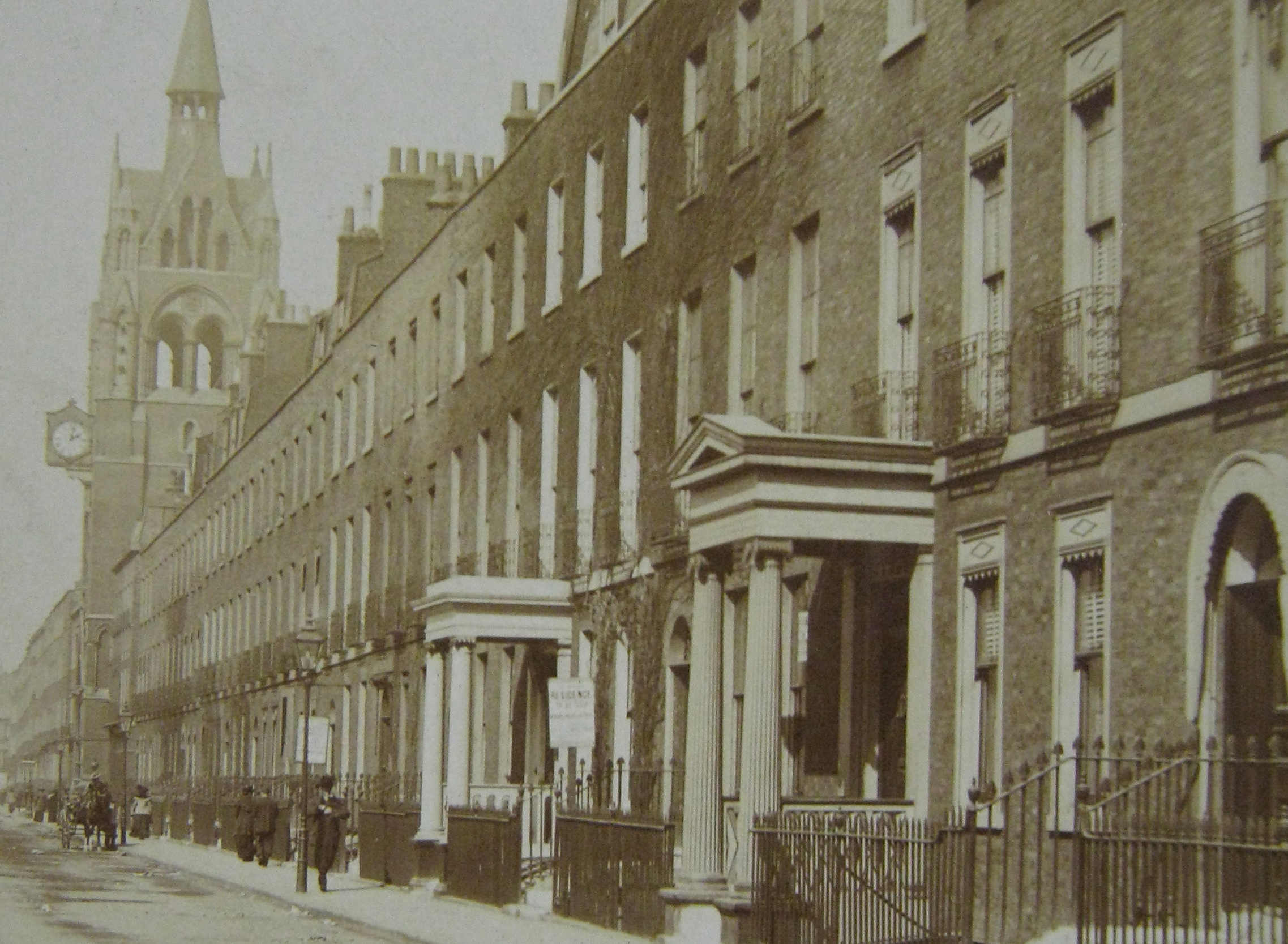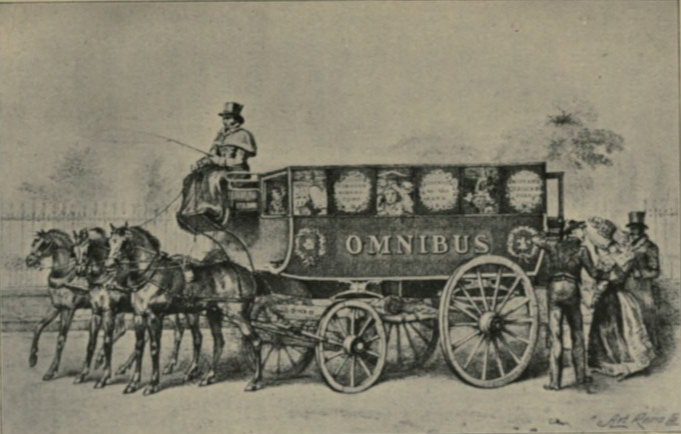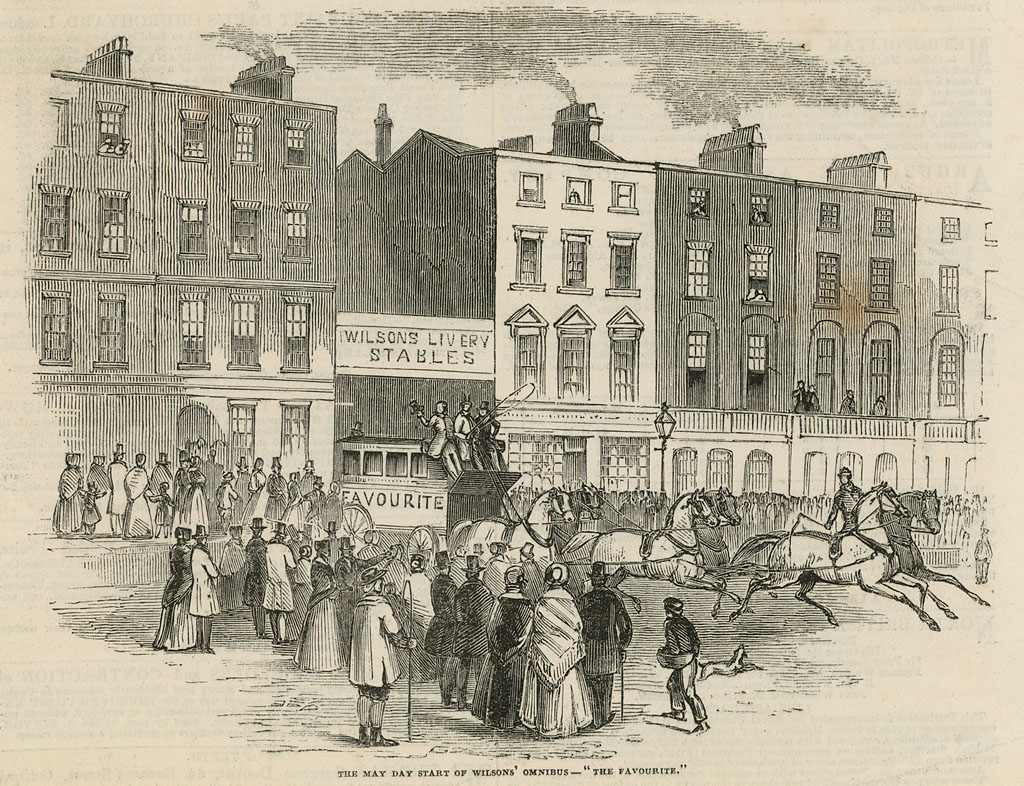With just a few days to go before Christmas, it seems appropriate that I post a blog with a Christmas connection. However, sadly, I don’t have a house history directly related to Christmas, so instead I’ve looked to a man who is often synonymous with Christmas, the author of A Christmas Carol – Charles Dickens!
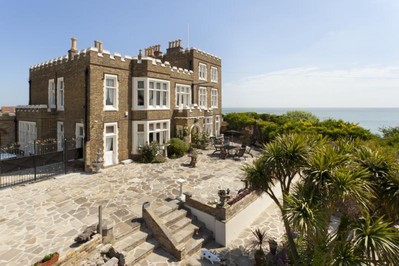
A few years ago, while working with Chestertons, I was asked to research the history of Bleak House in Broadstairs. It is well known as a house connected to the renowned Victorian author, for which, it is believed he said, it was ‘the residence he most desired.’
Today, Bleak House is noted for its crenelated appearance with a long row of windows looking out towards the sea, but when Charles Dickens stayed in the house it was known as Fort House and appeared much like a typical Georgian house. It was built around the turn of the 19th century and acquired the name ‘Fort House’ as it is believed it was the home of the Fort Captain. This was at a time when the Napoleonic wars were raging in Europe and like many coastal locations there was a genuine fear of invasion from across the seas. The house was built here for its ideal location as a look-out, but also the height meant it was also ideal for a telegraph station.
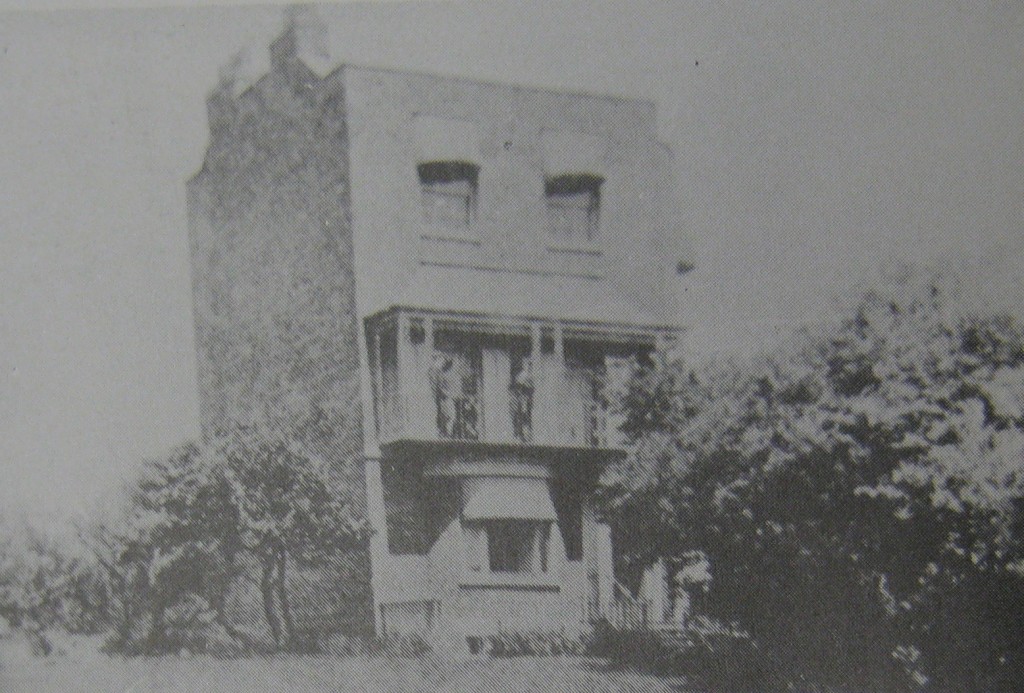
Dickens first came to the house in the early years of Victoria’s reign, around 1837, when Broadstairs had become a popular seaside resort and the house had become a lodging house. He visited regularly, and it was while staying at Fort House that he completed parts of some of his most well-known novels, including Nicholas Nickleby (1839), Dombey and Son (1848) and David Copperfield (1850). It was also while staying here that Dickens began working on the novel that would later give the house its name – Bleak House – published in 1853.
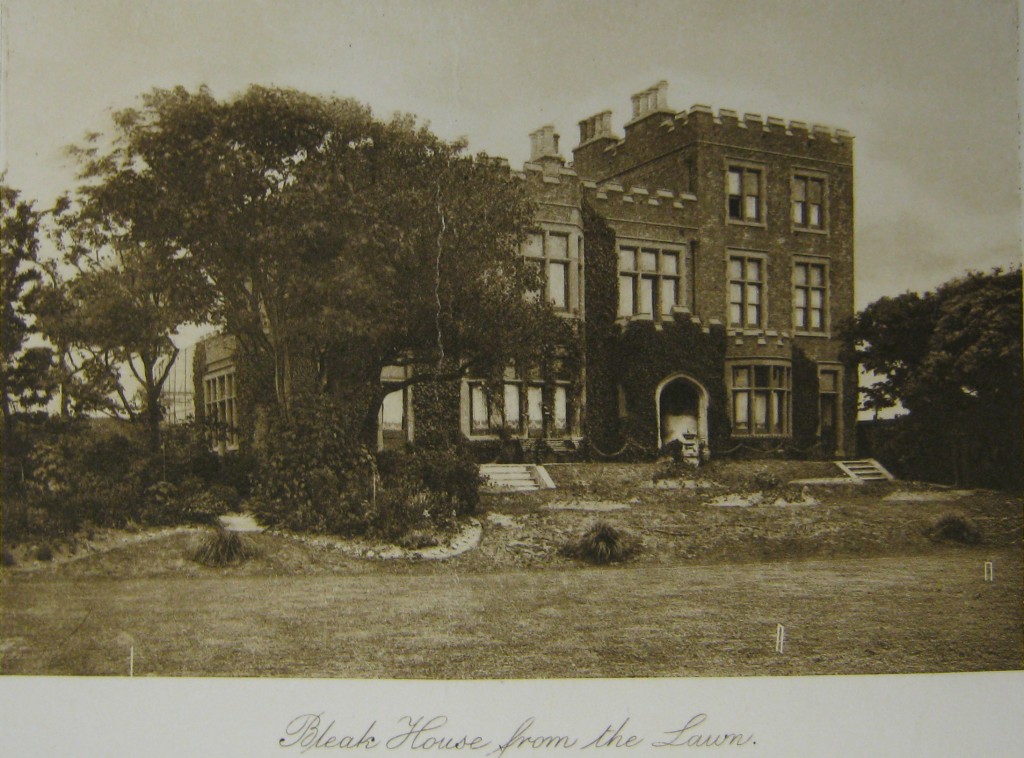
Dickens visited Fort House with his family many times, but he also hosted several other famous names of the 19th century, including former prime minister, William Gladstone, as well as another Victorian novelist, Wilkie Collins, and his biographer and friend, John Forster. It is also thought it may have been visited by the Danish fairy tale author, Hans Christian Anderson. Dickens is believed to have much favoured Fort House (although he stayed in other houses in Broadstairs) and is believed to have said it was the one ‘on which he had always set his affections’.
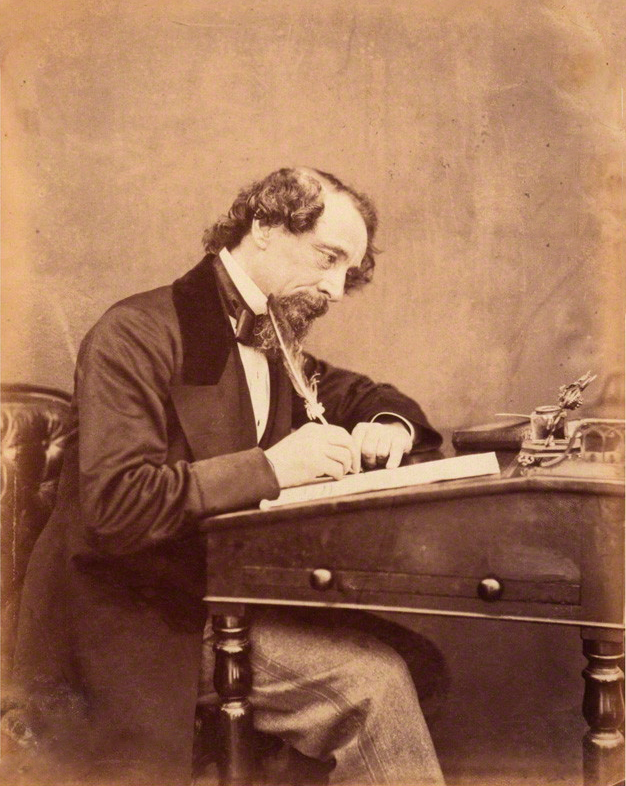
It was in the early years of the 1900s that Fort House was extended and re-fronted to what we recognise today. It was also at this time that the house was given the name ‘Bleak House’ and was recorded as such in the 1901 census. There are some theories that the house was used as inspiration for the Bleak House in his novel, although others have disagreed and suggested it is more likely the former residence of the author that inspired the creation of the name many years later.
During the 20th century, the house has had a number of extensions and renovations, although it is believed it still retains the original mahogany staircase and fireplaces. For much of the 20th century it has had a variety of uses and was both a residential home and also the Thanet smuggling museum and Dickens memorial museum. Since 2012 it has been reopened as a guest house and wedding venue, and accepts short term visitors to Broadstairs, much as it did in the 19th century when Charles Dickens came to stay.

